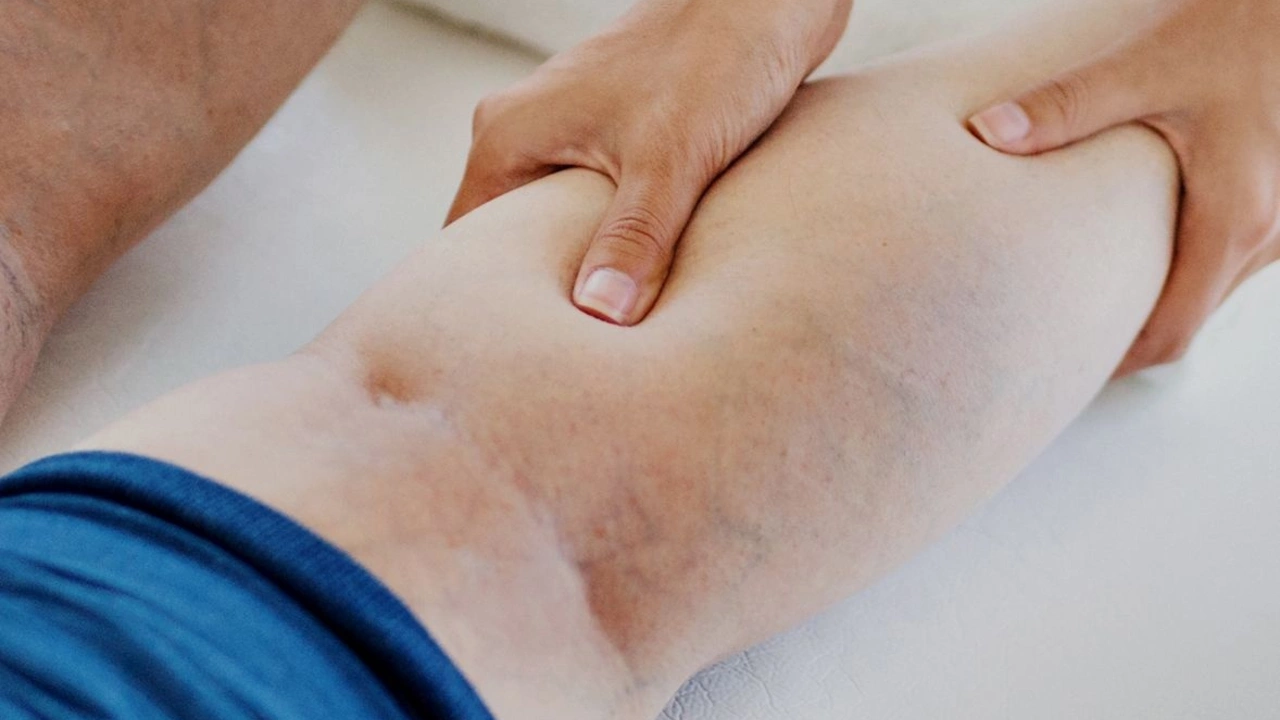Deep Vein Thrombosis (DVT): What You Need to Know
DVT is a blood clot that forms in a deep vein, usually in the leg. It can start quietly — swelling or pain might feel like a pulled muscle. The real danger is if part of the clot breaks off and travels to the lungs. That causes a pulmonary embolism, which can be life-threatening. Knowing the signs and what to do can save you or someone you love.
Symptoms & When to Seek Help
Look for swelling in one leg, usually below the knee. The area may feel warm and painful, and the skin could look red or darker than the other leg. Sometimes you’ll get cramping or a heavy ache in the calf. If you suddenly have shortness of breath, chest pain, or coughing up blood, get emergency care — these can be signs a clot reached the lungs.
Not every clot shows obvious symptoms. If you have risk factors (below) and notice any odd leg changes, call your doctor. Better safe than sorry — early diagnosis often means simpler treatment and fewer complications.
Risk Factors, Diagnosis, and Treatment
Long flights or car rides, recent surgery, immobility, cancer, pregnancy, birth control pills, smoking, obesity, and certain genetic clotting disorders raise your DVT risk. Age also matters — risk climbs as you get older.
Doctors usually start with a physical exam and an ultrasound to see the clot. A D-dimer blood test helps when the doctor suspects a clot but needs more evidence. In urgent cases, CT or MRI scans show clots in the lungs or pelvis.
Treatment focuses on stopping the clot from growing and lowering the chance of new clots. Most people start on blood thinners (anticoagulants) taken by pill or injection. In select cases where blood thinners aren’t safe, doctors may use filters placed in a large vein to catch clots. Compression stockings help reduce swelling and cut the risk of a painful long-term problem called post-thrombotic syndrome.
Treatment length depends on why the clot happened and whether you’re at ongoing risk. Your doctor will explain options and the right follow-up plan.
Prevention and Everyday Tips
Move regularly on long trips — stand, walk, or do calf raises every hour. Stay hydrated and avoid heavy alcohol before travel. If you’re recovering from surgery, follow your doctor’s advice about moving early and using prescribed blood thinners. Maintain a healthy weight, quit smoking, and talk to your doctor about birth control choices if you have other risk factors for clots.
If you’ve had DVT before, your doctor may recommend longer-term prevention strategies. Keep records of your treatments and share them with any doctor treating you later.
DVT can be scary, but knowing the signs, risks, and simple prevention steps gives you real control. If in doubt, call your healthcare provider — quick action matters.

The Connection Between DVT and Chronic Venous Insufficiency
In my research, I've discovered a significant link between Deep Vein Thrombosis (DVT) and Chronic Venous Insufficiency (CVI). DVT, a condition where blood clots form in deep veins, often leads to CVI, a situation where the leg veins don't allow blood to flow back to the heart properly. This happens because the blood clot from DVT can damage the vein, causing it to lose its effectiveness. As a result, blood pools in the legs, leading to the swelling and discomfort characteristic of CVI. It's a complex connection, but understanding it can help in managing and preventing these venous conditions.
Categories
- Medications (50)
- Health and Medicine (46)
- Health and Wellness (34)
- Online Pharmacy Guides (15)
- Nutrition and Supplements (7)
- Parenting and Family (3)
- Environment and Conservation (2)
- healthcare (2)
- prescription savings (1)



